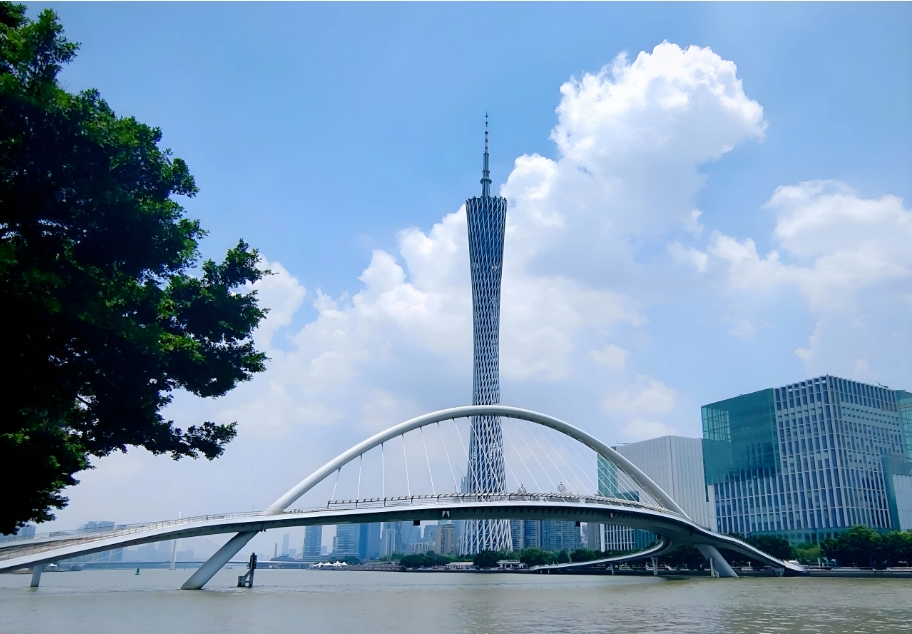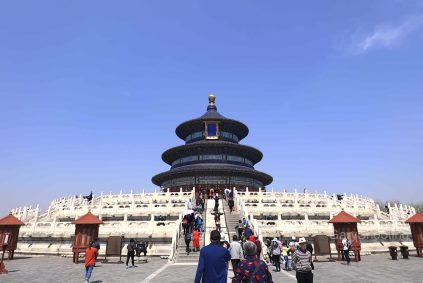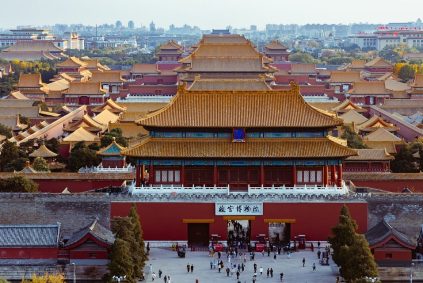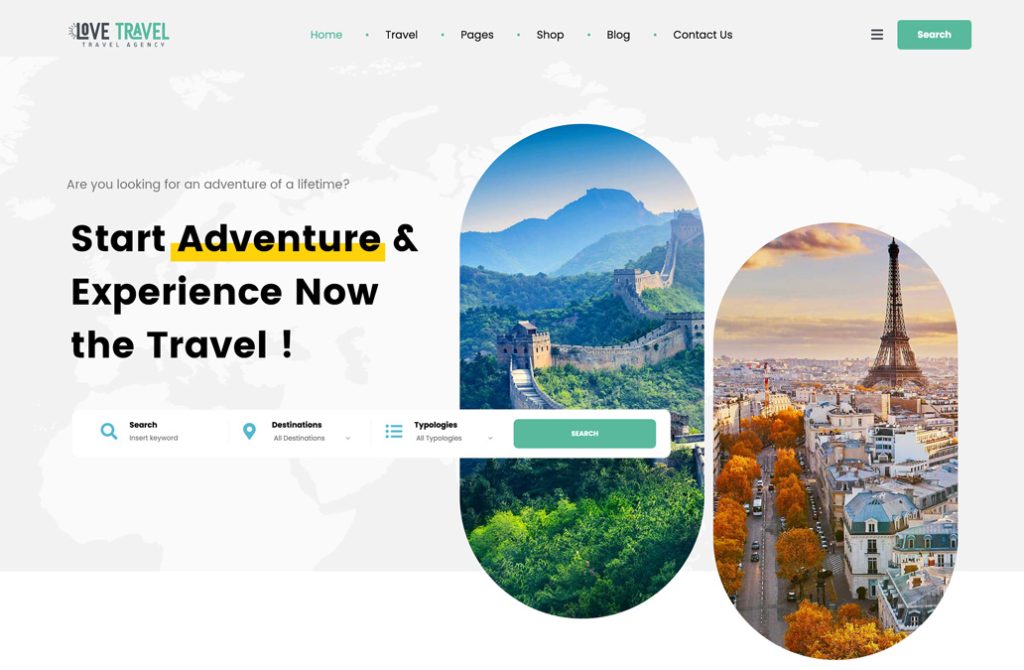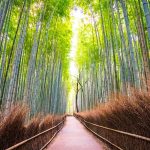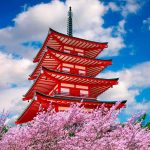Guangzhou’s Yuequ Culture: A Timeless Melody of Linguistic and Artistic Heritage
قوانغتشو, a city where tradition seamlessly blends with modernity, is the cradle of Yuequ—a traditional Chinese operatic art form performed in the Cantonese dialect. As a cornerstone of Lingnan culture, Yuequ has evolved from humble beginnings into a globally recognized art form, celebrated not only in Guangdong, Guangxi, Hong Kong, and Macau but also among overseas Chinese communities in Southeast Asia and North America.
The Historical Tapestry of Yuequ
From Folk Origins to Artistic Maturity
Yuequ’s roots trace back to the early 19th century during the Daoguang era, when it emerged from the “Bayin” (Eight-Tone) bands—musical troupes performing instrumental music. By the Tongzhi period, visually impaired female artists known as “Shiniang” (Blind Madams) elevated Yuequ through vocal performances, refining its melodic structures. The genre reached its zenith in the Republican era when sighted female performers (“Nüling”) took center stage, replacing archaic theatrical Mandarin with vernacular Cantonese and adopting natural vocal registers. This democratization of language and performance style transformed Yuequ into a vibrant, accessible art form.
A Living Legacy Recognized Globally
In 2011, Yuequ was inscribed on UNESCO’s Intangible Cultural Heritage list, cementing its status as a cultural treasure. Its repertoire spans over 1,000 traditional pieces, including the “Eight Great Masterpieces” like Daiyu Burying Flowers و Lu Zhishen Leaving the Monastery. These works, often adapted from classical novels and historical legends, blend poetic lyrics with intricate melodies, showcasing the artistry of vocal techniques such as “Dahou” (heroic bass), “Pinghou” (tenor), و “Zihou” (soprano).
Immersive Experiences: Where Tradition Meets Innovation
Liwan District: A Cultural Corridor
Guangzhou’s Liwan District, the birthplace of Yuequ, offers a curated journey through its heritage. ال Liwan Yueju-Yuequ Cultural Trail connects landmarks like the Guangdong Yue Opera Art Museum, a national-level institution blending traditional “Three Carvings, Two Sculptures, One Inlay” craftsmanship with modern exhibits. Visitors can explore the museum’s Lingnan-style gardens, watch live performances on the Guangfu Stage, and engage with interactive displays on legendary artists such as Li Xiaofan and Liang Yurong.
Nearby, the Hongmen Coffee café provides a contemporary twist on cultural immersion. Housed in a red-doored villa overlooking the museum, it features Yuequ-themed art, micro-scale model exhibits, and live performances by youth ensembles like the Zhenxing Quyuan Troupe. This space exemplifies how Yuequ adapts to modern sensibilities while preserving its essence.
Tea Houses: A Symphony of Flavors and Melodies
For an authentic experience, visit traditional tea houses like Panxi Restaurant, where afternoon tea sessions are accompanied by Yuequ performances. Since the 1990s, such venues have nurtured a loyal following among locals and tourists alike. The intimate setting allows audiences to savor dim sum while listening to classics like Reunion Under the Moon, creating a multisensory cultural experience.
The Artistic Soul of Yuequ: Techniques and Traditions
Vocal Mastery and Melodic Diversity
Yuequ’s allure lies in its vocal complexity. ال “Dahou” style, characterized by powerful, resonant tones, is traditionally associated with male warrior roles, بينما “Pinghou” offers a lyrical tenor for scholarly characters. “Zihou,” with its high-pitched, delicate timbre, embodies female elegance. Performers must master “word clarity, pure tone, precise rhythm, and emotional expression,” adhering to strict phonetic and rhythmic patterns.
Melodically, Yuequ incorporates over 300 traditional tunes, مشتمل “Bangzi” (clapper rhythm) و “Erhuang” (two-stringed fiddle modes), supplemented by local folk songs and Guangdong music. Innovations like the integration of Western instruments (saxophone, violin) reflect its adaptive spirit.
Community and Transmission: Passing the Torch
Despite modern challenges, Yuequ thrives through grassroots initiatives. ال Guangzhou Yueju Art Heritage Center offers workshops on makeup, costumes, and stage combat, while schools collaborate with museums to integrate Yuequ into curricula. Annual events like the Huaguang Master Birthday Celebration attract global practitioners, reinforcing Yuequ’s role as a cultural bridge.
Private “Sihuoju” (amateur troupes) remain vital, with enthusiasts gathering in parks and community centers to perform and refine their craft. These gatherings, steeped in camaraderie, ensure Yuequ’s traditions endure beyond professional stages.
Yuequ in the Global Era: Challenges and Resilience
While Yuequ faces competition from digital entertainment, its adaptability ensures survival. Artists experiment with fusion genres, blending traditional melodies with contemporary themes. International tours and digital archives expand its reach, introducing Yuequ to new audiences while preserving its core identity.
In Guangzhou, Yuequ is not merely an art form but a living narrative of resilience and creativity. Whether through museum exhibits, tea house performances, or community workshops, visitors are invited to experience its timeless beauty—a melody that continues to resonate across generations and continents.

